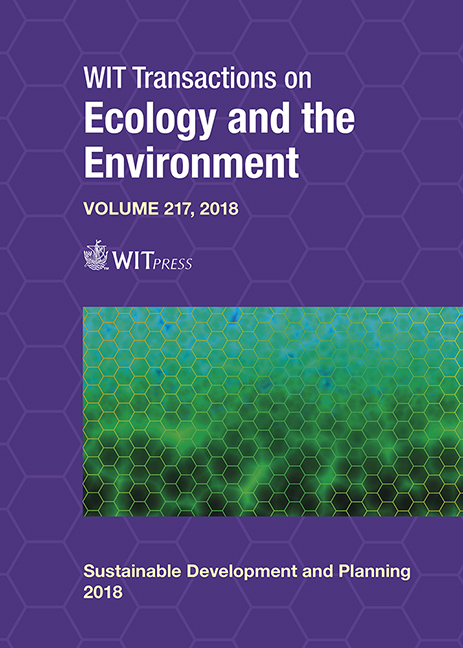THE ENVIRONMENTAL AND SOCIAL ROLE OF SEMI-OPEN SPACES IN VERNACULAR ARCHITECTURE OF THE EASTERN MEDITERRANEAN AREA: THE CASE OF CYPRUS
Price
Free (open access)
Transaction
Volume
217
Pages
13
Page Range
599 - 611
Published
2018
Size
576 kb
Paper DOI
10.2495/SDP180511
Copyright
WIT Press
Author(s)
MARIA PHILOKYPROU, AIMILIOS MICHAEL
Abstract
Semi-open spaces largely incorporated in vernacular dwellings formed important social and environmental architectural features throughout centuries. The warm climate of the Eastern Mediterranean area and the need for outdoor protected spaces led to a widespread use of semi-open spaces in the vernacular architecture of this region. Semi-open spaces can be found in a variety of typologies in terms of their geometry and layout, their relation to other closed and open spaces, as well as their function. These spaces constitute vital parts of the every-day life of the occupants, becoming essential activity and social-gathering areas. This paper focuses on the environmental and social role of semi-open spaces in the vernacular architecture of Cyprus, an island in the Eastern Mediterranean area. For the needs of this research, environmental monitoring equipment was installed in various closed and semi-open spaces. The study established the significant environmental role of semi-open spaces since these spaces serve as microclimatic regulators by mitigating high and low temperature. In order to preserve and enhance the environmental role of semi-open spaces, special design and construction measures need to be taken during the conservation process.
Keywords
semi-open spaces, environmental and social role, vernacular architecture, microclimatic





